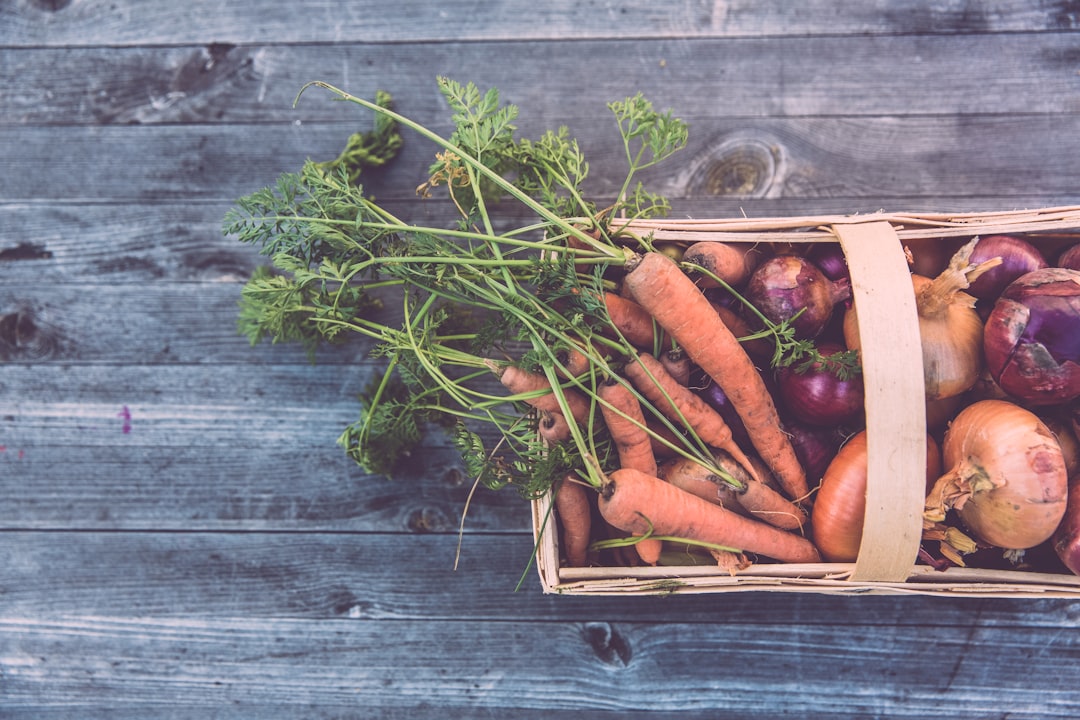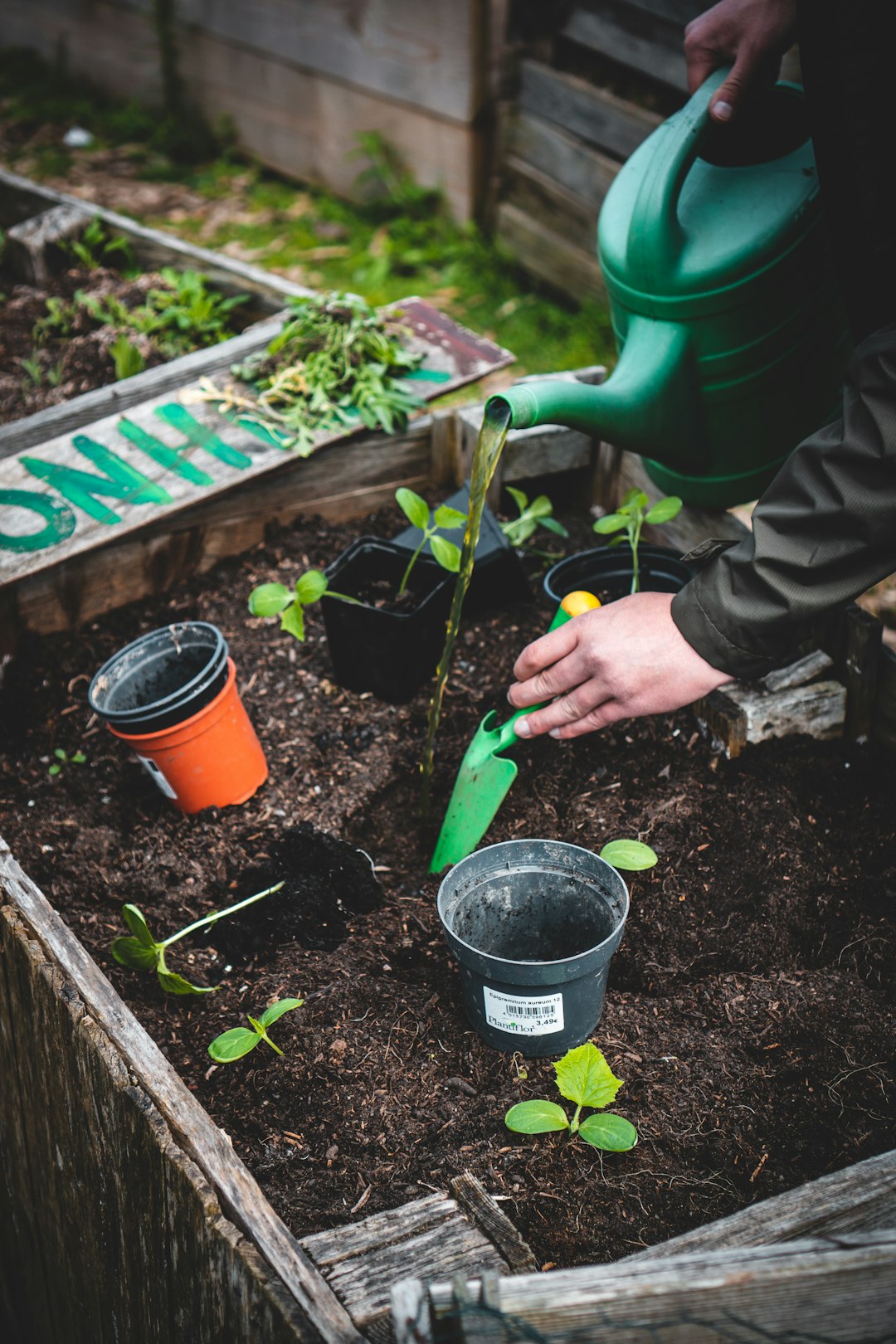
More and more people are turning to gardening as a path to self-sufficiency and sustainable living, especially new preppers eager to secure their food supply in light of shortages and high prices. Whether blessed with a spacious backyard or working with a small urban balcony, plenty of gardening tips can help you get growing! From understanding the basics of urban gardening to selecting the right edible plants for preppers, this guide provides essential advice to get you started. Embracing sustainable gardening practices ensures a steady supply of fresh produce and builds resilience in uncertain times. Begin your survival gardening journey with me, and discover how growing food can be an empowering, rewarding experience. You can do it!
Starting Your Prepper Garden
Starting a prepper garden involves strategic planning and practical steps. Planting the right crops and understanding urban gardening techniques can help you succeed. Here, we’ll explore how to choose the most beneficial plants and adapt your gardening efforts to an urban setting.
Choosing Edible Plants for Preppers
When selecting edible plants for your prepper garden, focus on versatility, nutritional value, and ease of growth. But also grow the food you want to eat!
Research and List: List plants that thrive in your local climate. Consider hearty vegetables like potatoes and carrots, which store well and provide essential nutrients.
Nutritional Value: Prioritize plants that offer a high caloric return. Root vegetables, beans, and leafy greens are excellent choices.
Growth Conditions: Match plants with your available sunlight and space. For instance, tomatoes and peppers require ample sun, while spinach can thrive in partial shade.
A real-world example is that a suburban prepper in Ohio might cultivate potatoes, carrots, and kale, given the local growing conditions and the plant’s nutritional benefits.
Key insights:
Potatoes: High in calories, store well.
Carrots: Packed with vitamins, versatile.
Kale: Nutrient-dense, grows in cooler climates.
And don’t forget – you don’t have to grow everything from seed! There is no shame in getting those already growing plants or regrowing from cut green onions, carrots, celery, and “live” lettuce. It’s easier and may build your confidence faster. Plus, garden stores that sell edible plants already provide items appropriate for your growing zone.
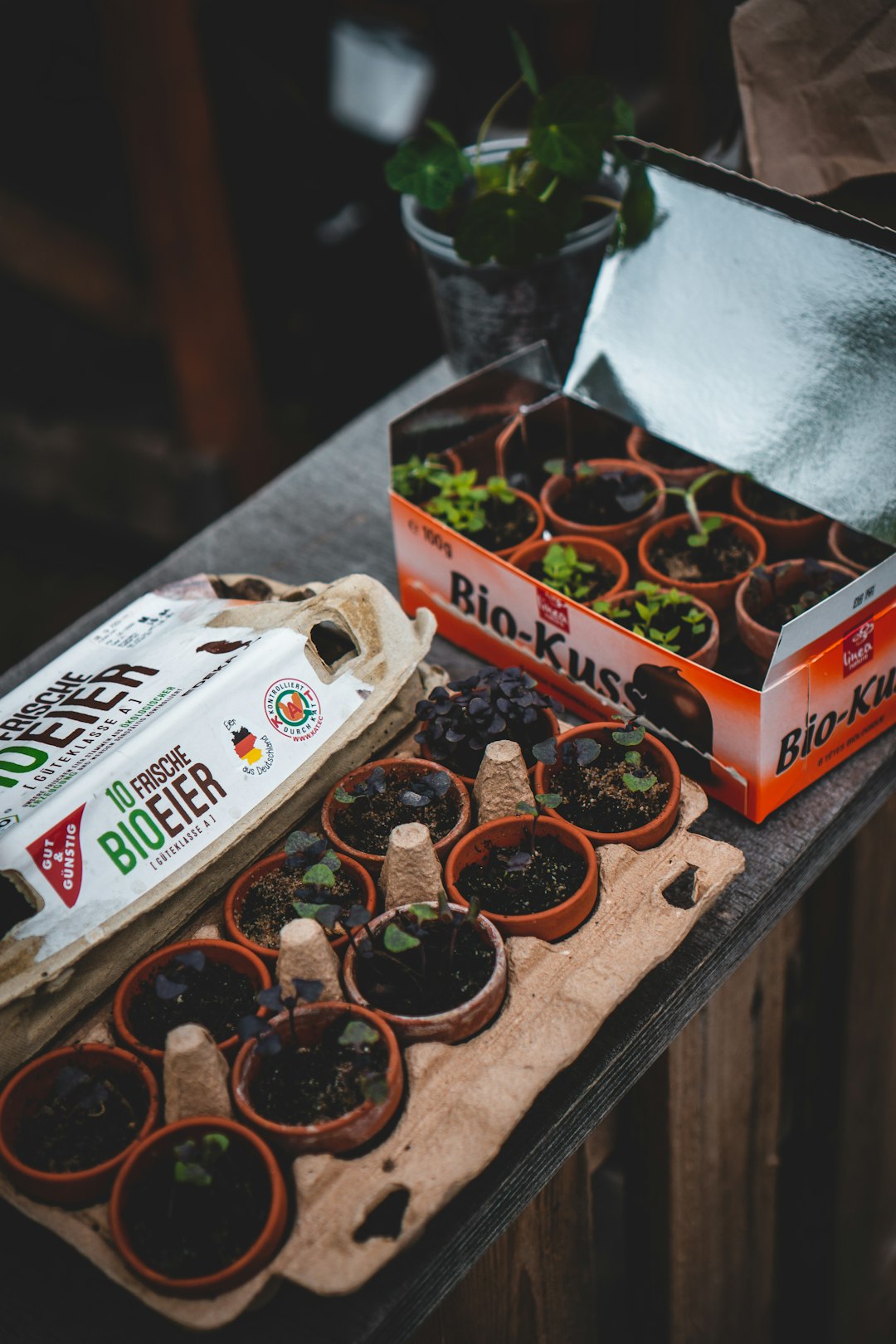
Urban Gardening for New Preppers
Urban gardening can be both a challenge and an opportunity. With limited space, creativity is your ally. Check out my article specifically for urban gardening here.
Container Gardening: Use pots and planters to grow vegetables. This method allows flexibility in placement and mobility.
Community Gardens: If personal space is limited, engage with local community gardens. This also fosters a sense of community and shared resources.
Balcony and Rooftop Gardening: Utilize balconies or rooftops for planting. Ensure adequate support and sunlight.
According to The Prepared, urban gardening requires careful planning but can yield impressive results with the right approach.
Actionable advice:
Invest in quality containers with good drainage.
Use vertical spaces for climbing plants.
Regularly participate in community garden events for tips and resources.
Sustainable Gardening Practices
Sustainability is at the heart of effective prepper gardening. By adopting sustainable gardening practices, you can ensure a continuous fresh produce supply while minimizing environmental impact.
Essential Gardening Tips for Beginners
For those new to gardening, starting on the right foot is key. Here are some essential tips to guide you:
Soil Health: Prioritize healthy soil by using organic compost and natural fertilizers. Good soil is the foundation of a thriving garden.
Water Management: Implement efficient watering systems, such as drip irrigation, to conserve water and ensure plants get the moisture they need.
Pest Control: Use natural pest deterrents like companion planting to keep your garden healthy without harsh chemicals.
According to Growfully, focusing on soil and water conservation can significantly boost your garden’s productivity.
Summarized recommendations:
Use compost to enrich soil.
Install drip irrigation for water efficiency.
Implement companion planting to deter pests naturally.
Creating a Survival Gardening Plan
A survival gardening plan ensures you’re ready for any situation by having a reliable food source.
Assess Needs: Determine the types and amounts of food your household needs to sustain itself.
Plan Crop Rotation: Rotate crops to maintain soil fertility and reduce pest buildup.
Store Seeds: Save seeds from each harvest to plant in future seasons, maintaining food security.
A study on survival gardening by Reddit Preppers emphasizes the importance of planning and resource management.
Case study summary:
Assess household needs: Plan for long-term sustainability.
Rotate crops: Prevent soil depletion.
Save seeds: Ensure future planting potential.
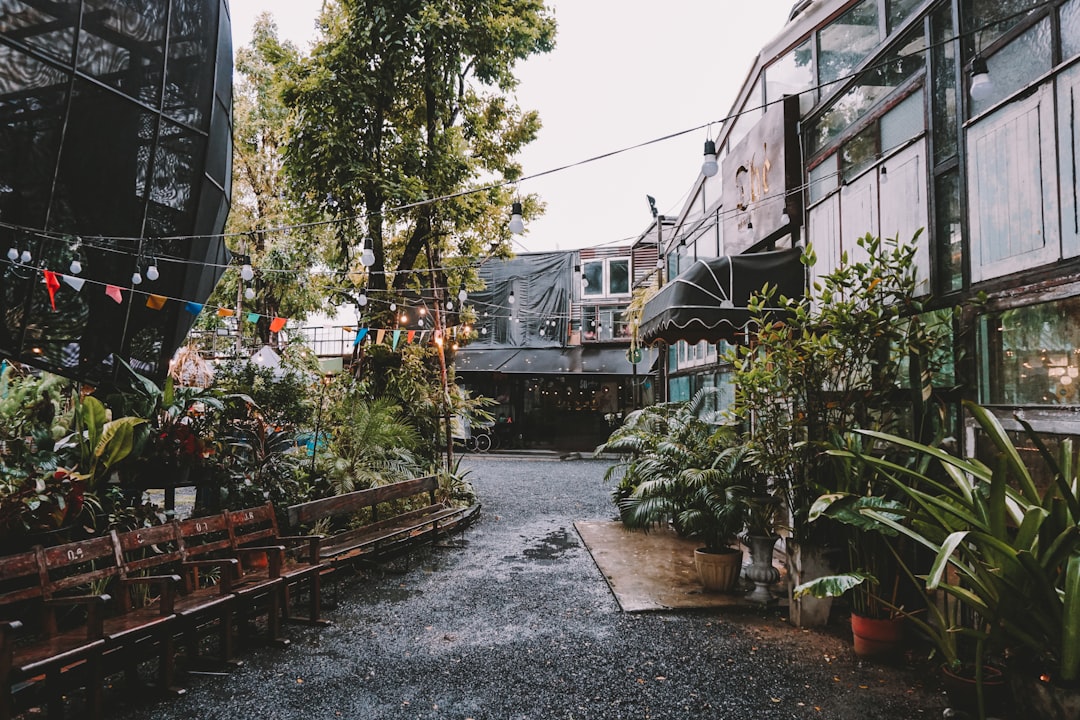
Maximizing Yield in Limited Spaces
Limited space doesn’t have to limit your yield. You can maximize production by employing smart gardening techniques, even in compact areas.
Preppers Guide to Container Gardening
Container gardening is a versatile and effective method for growing plants in confined spaces.
Choose the Right Containers: Opt for containers with adequate depth and drainage to support plant growth.
Select Suitable Plants: Grow plants that thrive in pots, such as tomatoes, peppers, and herbs.
Monitor Soil and Water: Regularly check soil moisture and nutrient levels to keep plants healthy.
Using Gardener’s Basics strategies, container gardening can be a rewarding way to produce fresh food.
Actionable advice:
Invest in quality potting soil.
Use fertilizers as needed.
Ensure consistent watering practices.
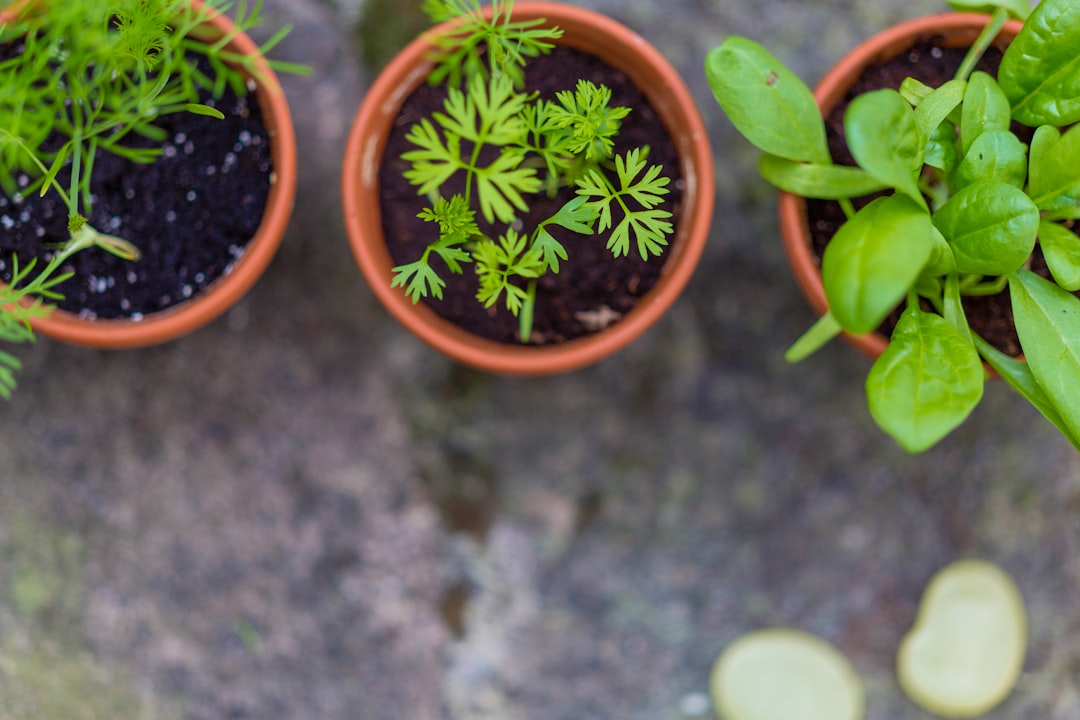
Vertical Gardening for Small Areas
Vertical gardening is ideal for small spaces, allowing gardeners to grow upwards rather than outwards.
Install Vertical Supports: Use vertical space to create trellises, wall planters, or hanging pots.
Select Climbing Plants: Choose plants that naturally climb like peas, beans, and cucumbers.
Optimize Sunlight: Position vertical structures to maximize sunlight exposure.
According to Urban Survival Site, vertical gardening can significantly increase your planting area and yield.
Real-world examples:
A balcony garden using trellises for peas and beans.
Wall-mounted planters filled with herbs and strawberries.
Key insights:
Vertical gardening saves space.
Allows for diverse plant selection.
Enhances aesthetic appeal of small gardens.
Be Patient and Give Yourself Grace
Gardening is easy to start, but there will be trial and error. Not every seed you plant will sprout; not every plant will survive. But stay with it! Your first yields may not be impressive. But as you do, grow and learn more, you’ll see your harvests increase, your skills improve, and you’ll begin to try to plant different crops as you get in rhythm with the seasons.
Have reasonable expectations. You may not grow enough to feed your household for the first year or two, but any food you can grow now will help your budget until you have refined your gardening techniques for your area, your growing space and started getting the yield you need. Until you reach that point, enjoy every bit of food you’ve successfully grown. You’ll develop a new sense of pride knowing you’re developing a skill that will build your confidence and food security.
Happy gardening!
